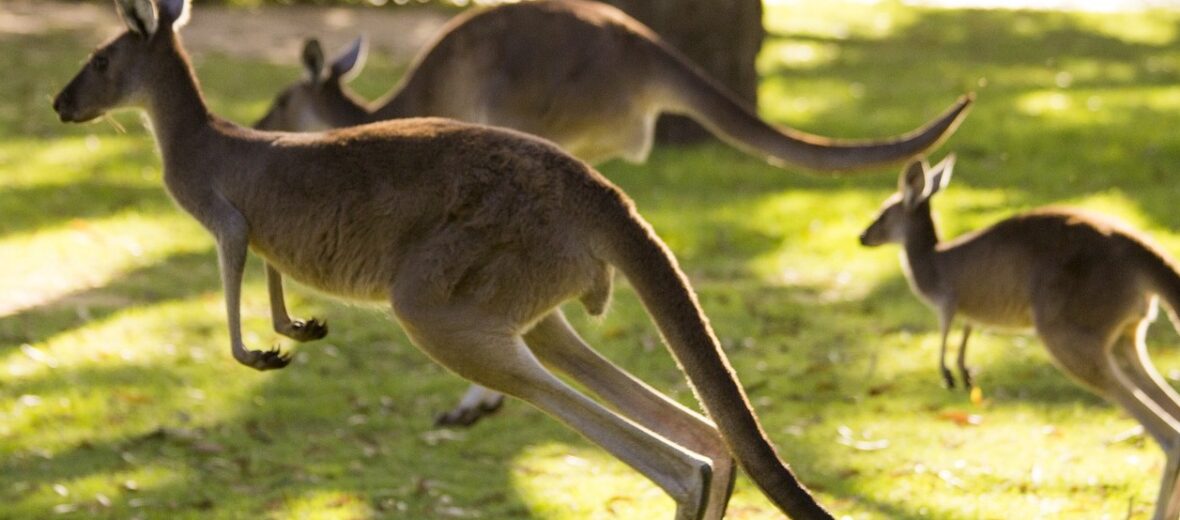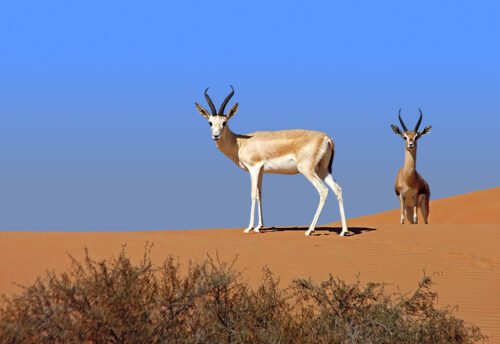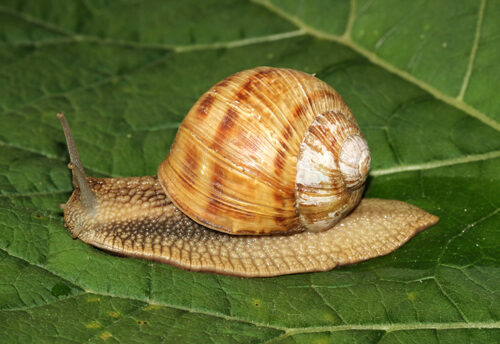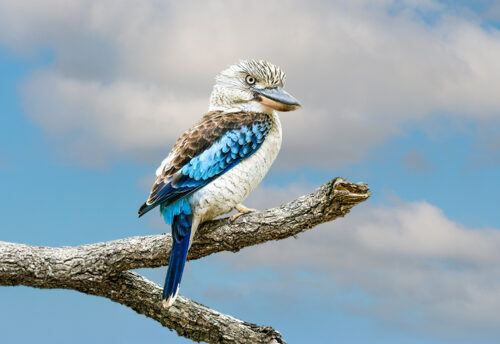
The kangaroo possesses powerful hind legs, a long strong tail, and small front legs/arms. Kangaroos belong to the family called Macropus, literally translating to “big foot.” A newborn joey can’t suckle or swallow, so the kangaroo mom uses her abdominal muscles to pump milk down its throat. Kangaroos are generally peaceful but shouldn’t be approached as they can be dangerous and aggressive, if threatened.
First the Stats…
Scientific name: Macropodidae
Weight: Up to 200 lbs.
Length: Up to 5.25 feet, plus up to a 3 foot tail
Lifespan: Up to 20 years
Now on to the Facts!
1.) There are 4 recognized species of kangaroo, the Red, Antilopine, Eastern Grey, and Western Grey Kangaroo.
2.) They can reach a top speed of over 40 mph. This is faster than the fastest racehorse!
3.) Red Kangaroos are the largest marsupial in the world and can grow up to 5.25 feet tall (plus the tail).
4.) They typically use both legs to hop on land, but in water they use individual legs.
5.) Their tail can be over 3 feet long and is used for balance and support.
But wait, there’s more on the kangaroo!
6.) Female kangaroos have the ability to determine the gender of their offspring. They can even delay gestation (pregnancy) when environmental conditions are likely to lessen the chance of their young surviving.
7.) Like all other marsupials, kangaroos are born very early on in gestation; what is equal to the 7th week of pregnancy for humans. They travel from the birth canal as an early developing embryo by blindly crawling through their mother’s fur to her pouch, where they spend the next 4 months developing before finally leaving to begin exploring the world around.
Did you know…?
In one jump they can leap up to 9 feet vertically and 24 feet horizontally!
8.) Kangaroos have excellent hearing! They are also able to rotate their ears toward the sounds they hear.
9.) There are actually more kangaroos in Australia than people!
10.) Kangaroos are social critters that live in groups, called troops, mobs, or courts, of approximately 3 – 4 individuals. Some troops can contain as many as 100 individuals.
11.) A baby kangaroo is called a joey.
12.) Roos are herbivores (eat plants) that mainly feast on grasses.
13.) Humans and dingoes are the primary predators of the kangaroo. Also diminishing habitat, drought, hunger, and heat play a factor in their survival.
14.) To move at slower speeds, a kangaroo uses its tail to form a sort of tripod with its two forelimbs. It then raises its hind feet forward, in a form of locomotion called “crawl-walking”.
Now a Short Kangaroo Video!
Also, check out the Critter Science YouTube channel. Videos added frequently!
Want to suggest a critter for me to write about? Let me know here.



